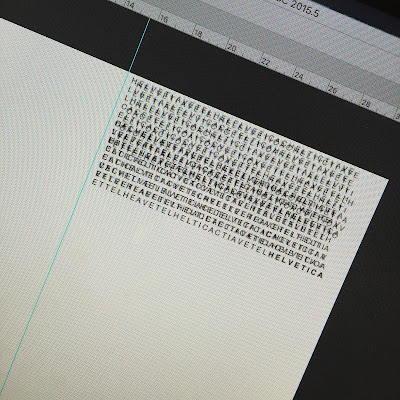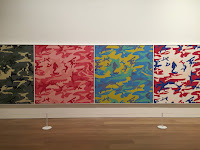So continuing the usual routine, I saved this PSD file and imported it into After Effects. Then I set up my composition and organised how I want my frame set. I added animations to the alien and the sky. We had to ensure it starts off as a blank blue background and also ends the same. This way, the next student's work would flow in. We set up a Null object on our creations and that determined the movement from right to left. The best feature I liked on my animations is the way the sky drops down and goes up. I liked the effect it gives introducing a crazy alien in the sky. Once I was happy with my animation, I rendered the animation in a way that the background was transparent so it can be put together. We then shared our animations on the server which got put together by Sara.
To end our final session, we had the opportunity to end it on a good note and watch all of our animations. Throughout the year, I've learned so much on using After Effects coming from a background with no experience in it. It has been fun almost doodling around on After Effects and just having the chance to do some explorations. Below is my animation for this session, and also the group animation that we completed.











































